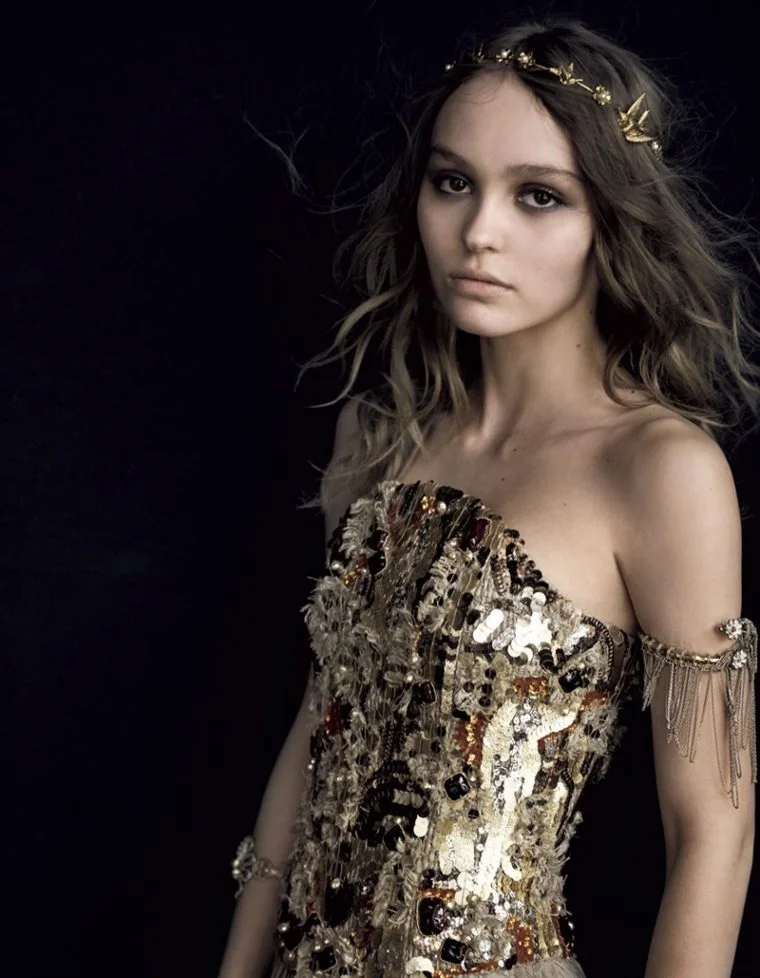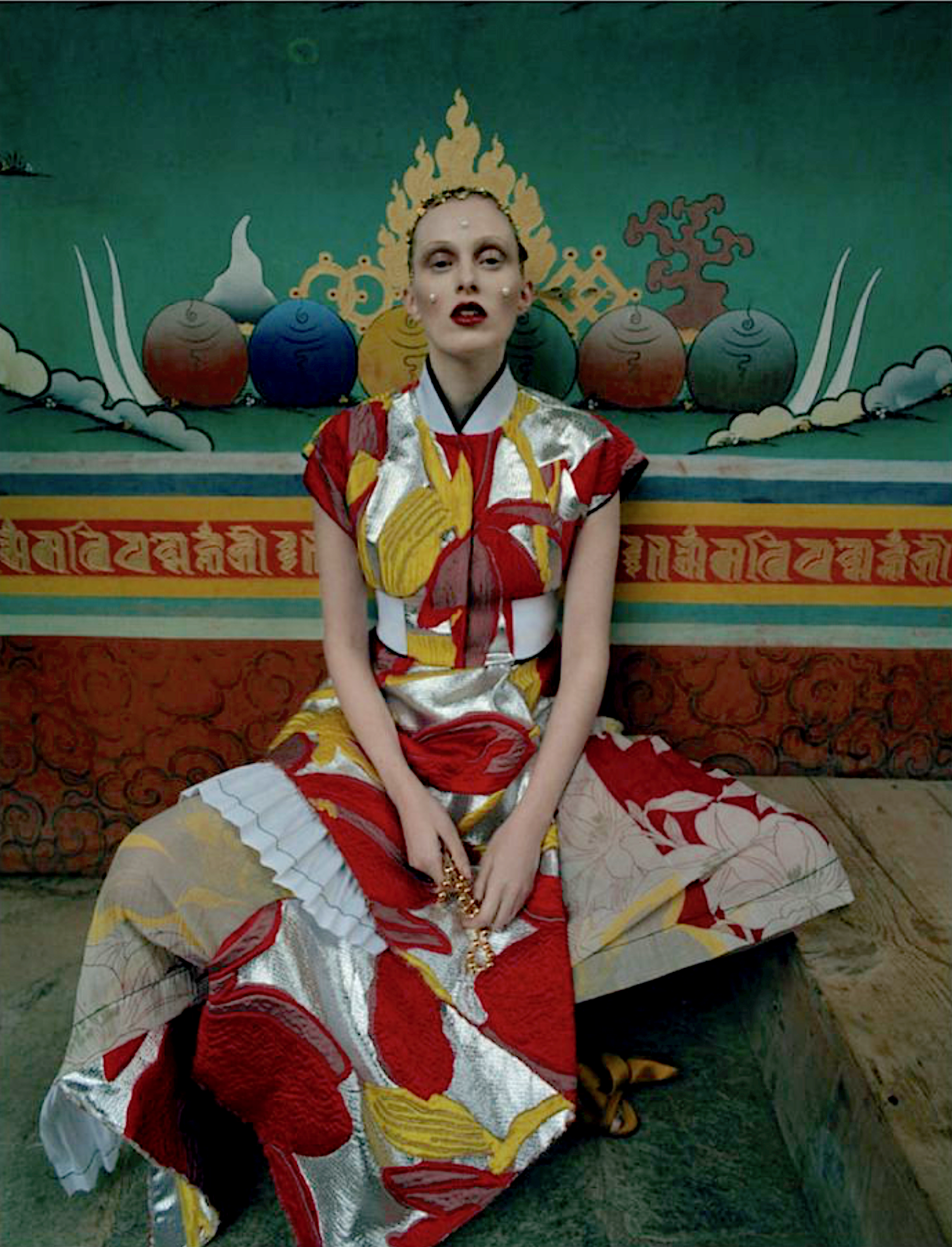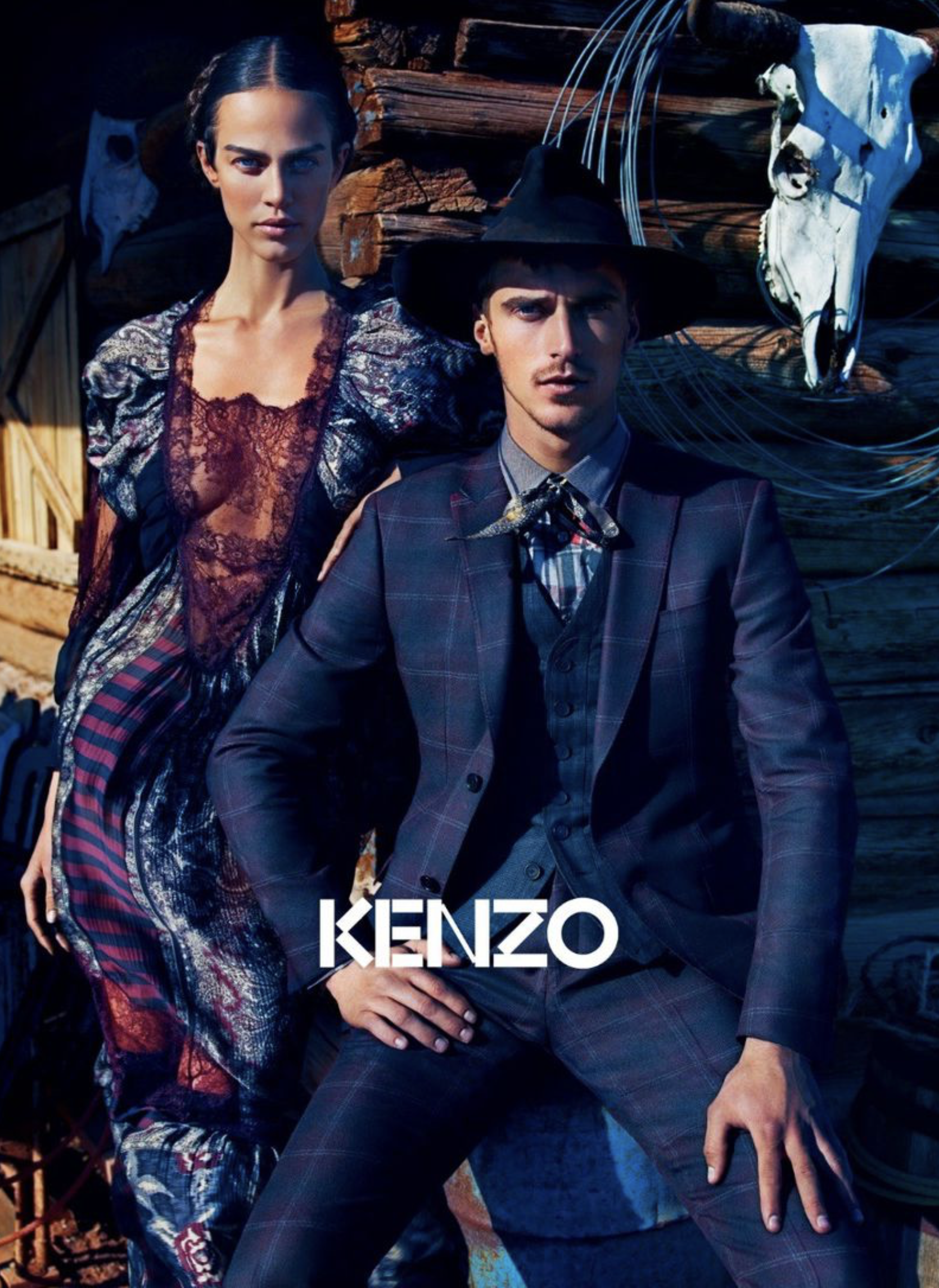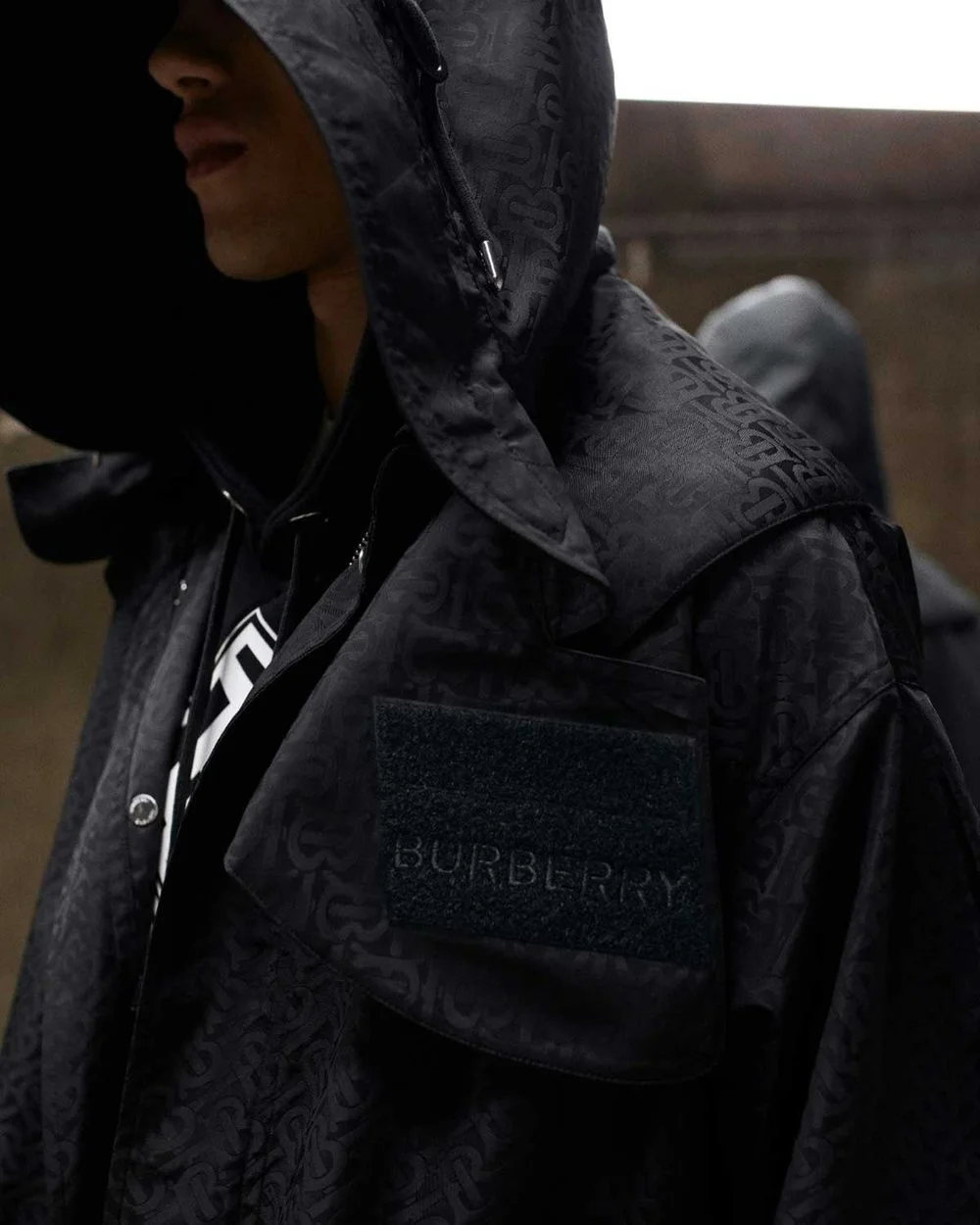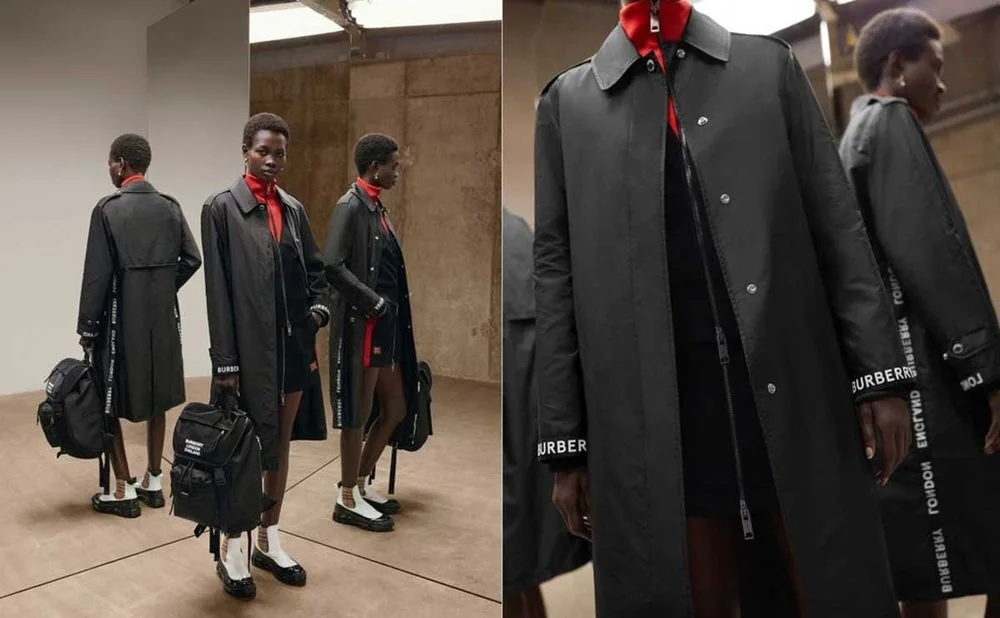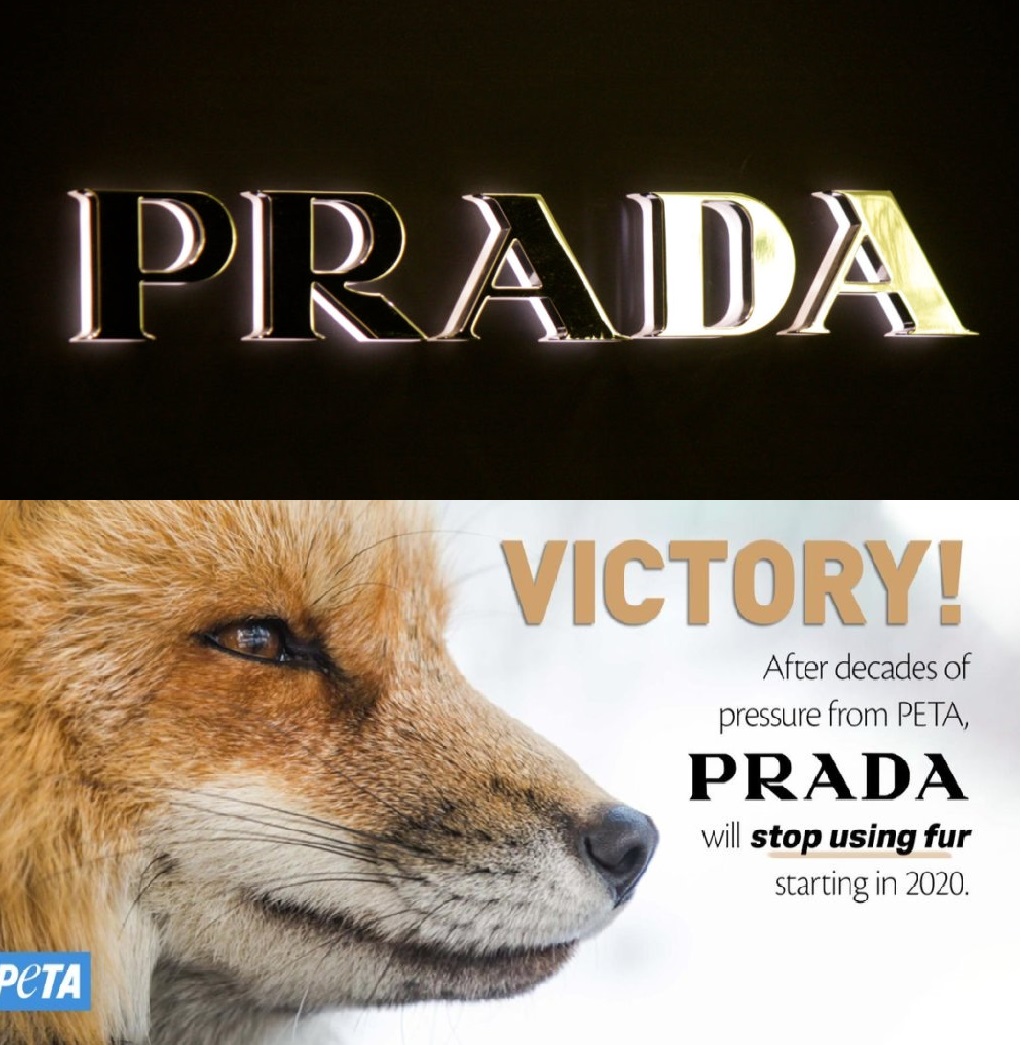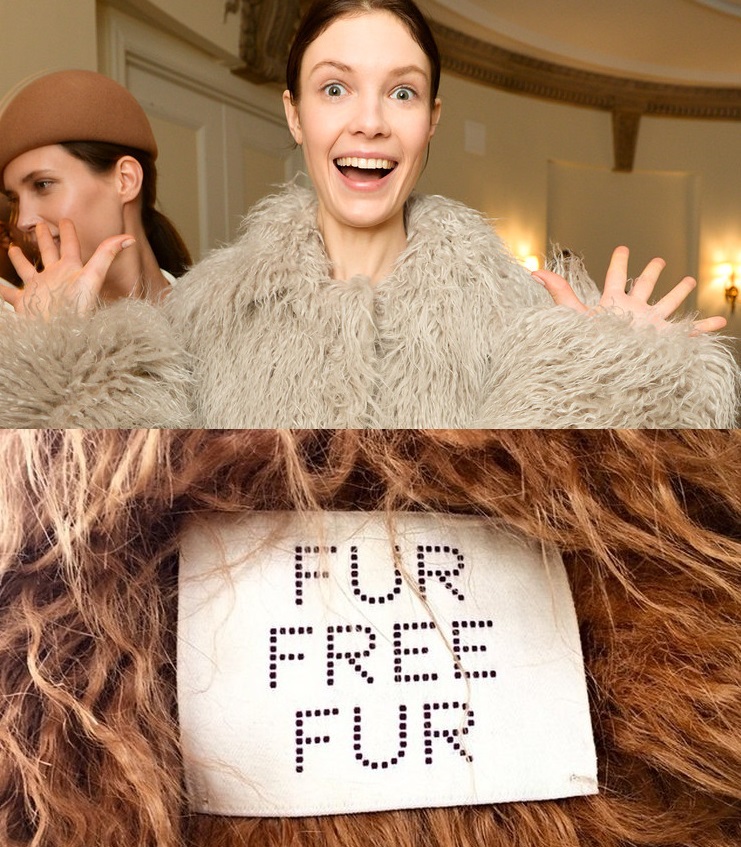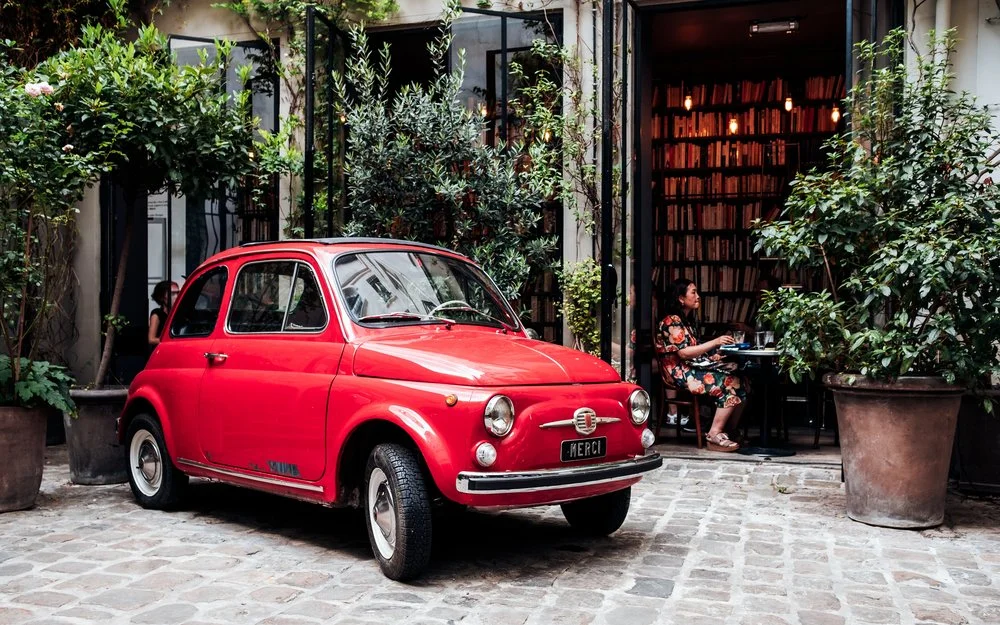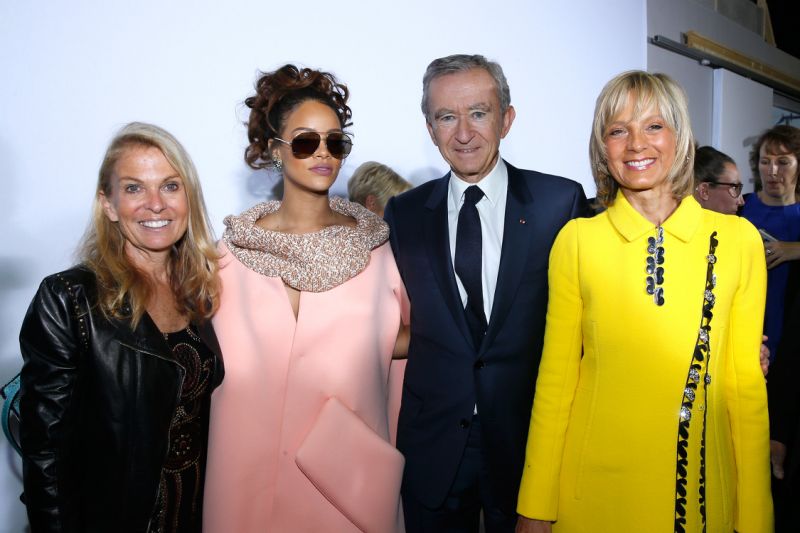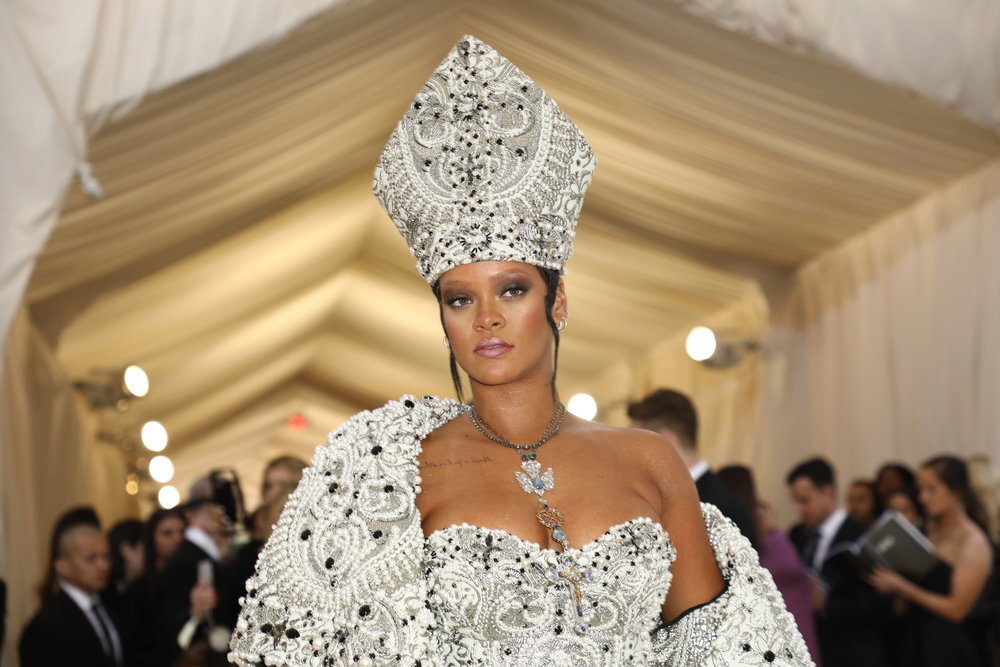TheRealReal x Burberry Relationship Promotes Deeply Personal Mutual Brand Loyalty
/Writing for Forbes, Pamela N. Danziger digs beyond the obvious into the details of the newly-announced partnership between Burberry and TheRealReal. Officially the union promotes increasingly critical synergies in corporate responsibility and sustainable living in the fashion industry.
“Leading the way in creating a more circular economy for fashion is a key element of our Responsibility agenda,” Pam Batty, Burberry’s VP of corporate responsibility, said in a statement. “Through this new partnership we hope to not only champion a more circular future but encourage consumers to consider all the options available to them when they are looking to refresh their wardrobes.”
Burberry claims to have been at the “forefront of sustainability in fashion” for more than 15 years, an assertion that assertion may be up for debate among environmentalists. Surely Burberry doesn’t claim to share the Stella McCartney eco-conscious spotlight.
McCartney has been on the RealReal since 2018, experiencing a 65% increase in the number of consignors of her branded merchandise and a total increase of 74% of Stella McCartney items sold on the RealReal after announcing the partnership.
The real importance of the Burberry - RealReal relationship is lifetime customer acquisition, argues Danziger. More customers who experience both brands first at resale, then at full-price in a Burberry store, then returning to the trusted halo of The RealReal to resell and recycle. Sustainable, eco-conscious action is a critical issue, but don’t underestimate the inherent result of sustainable economics that translates into brand loyalty more intimate and personal than any ad campaign.
The RealReal reports demand for Burberry has increased 64% year-over-year, with Millennial and GenZ customer searches rising fastest on its site. In addition, the ThredUp 2019 Resale Report states that Burberry is the luxury brand with the best resale value; Louis Vuitton, Gucci, Hermès, and Prada are lower on that list.
Related: Caroline Knudssen Fronts Riccardo Tisci’s NET-A-PORTER x Burberry Fall 2019 Collection
